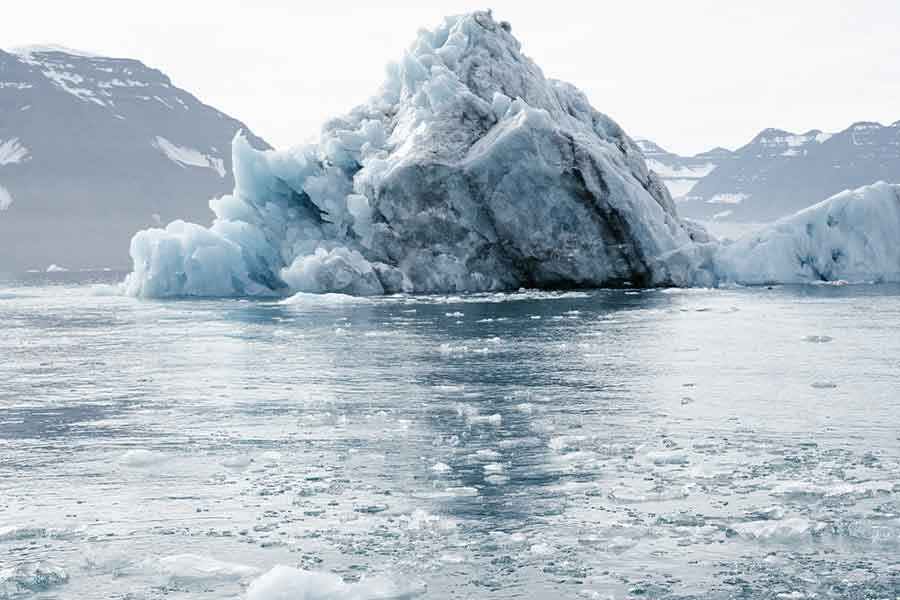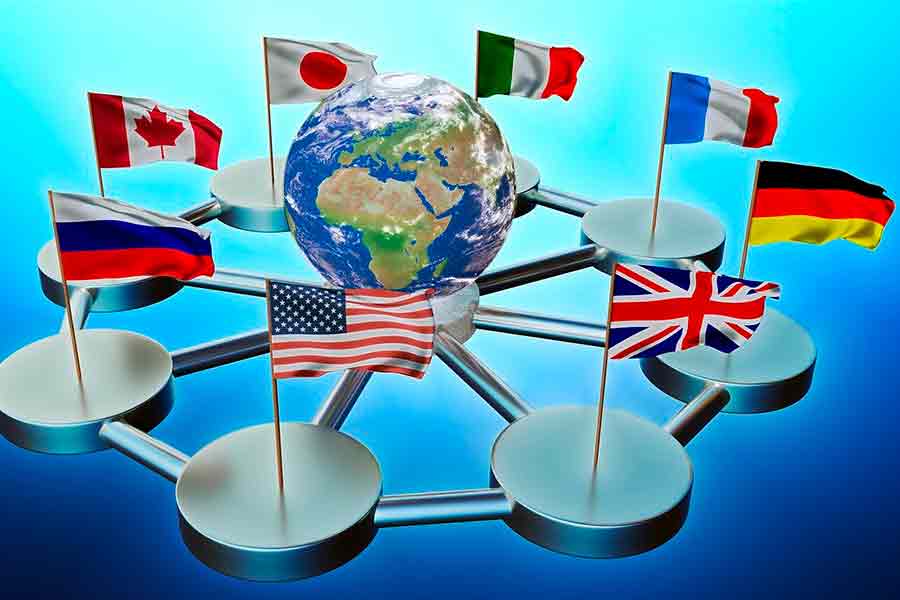Carlos Pérez I Opinion I Professor at the School of Engineering and Sciences
Currently, the increase in the planet’s temperature is one of the issues that is drawing the attention of society. Why is the planet getting so hot?
To answer this, two concepts must be taken into consideration: climate change and global warming.
Sometimes, we mistake climate change for global warming, but they are not the same. We have to understand that one is a consequence of the other.
Climate change is a natural process that occurs over the geological time of Earth. Our planet can gradually warm up or cool down and global warming is a consequence of this.

Nowadays, it feels hotter because of the increase in global warming. Human activity has accelerated this process and the planet does not have adequate mechanisms to reverse its effects.
When did this increase start to occur? One of the theories I agree with is that it began to intensify after the Industrial Revolution.
Historically, it was when the model of consumption and production of goods and services changed.
As we know, each country has different development and industrialization conditions, which produce different effects.
Industrialized countries produce more greenhouse gases, such as carbon dioxide, methane, and nitrous oxide, but they don’t experience the effects of higher temperatures as much as other countries.

Developing countries are suffering the worst consequences since the production processes of industrialized countries are most likely to be located in these countries.
Although the former have more resources, they are also exploited and suffer more from the effects as they do not have adequate infrastructure or economic development to reverse the impact of these processes.
The increase in the planet’s temperature is also related to the alteration of processes in different types of ecosystems. This increase in temperature is triggered by interdependent processes and factors.
Temperate forests store the carbon dioxide (CO2) and methane emitted into the atmosphere, absorbing them and releasing oxygen through photosynthesis. Seaweed in the oceans employs a similar process.
Although not much is said about the desert, the characteristics of the soil also allow it to absorb CO2.
“Climate change is a natural process that occurs over the geological time of Earth.”
Due to changes caused by human activity, these ecosystems have become overwhelmed and are no longer as efficient at carrying out this conversion process.
Some organisms or microorganisms, such as seaweed, die due to the acidification of their habitat, which decreases the elimination of these harmful gases.
Another important point to consider is the effect of high temperatures on the poles. Due to significant melting the stored methane is released into the atmosphere, exacerbating the problem.
Human activities also add to the process. Ecosystems are being overwhelmed by the greenhouse gases that are being emitted. They cannot eliminate such a high number of emissions due to the transformations they have undergone and this increases the global temperature.

Human ecosystems are a complex issue as we tend to transform habitats to our advantage.
We have designed our food supply systems at a very high cost, transforming more than nature is capable of regenerating.
The situation is intensified by a meteorological phenomenon known as the dog days, which occurs in the month of July when Earth’s northern hemisphere is closest to the Sun.
Because of this, solar intensity is stronger and makes the temperature feel warmer. Adding severe droughts to all of the above makes the temperature increase even more.
“The situation is intensified by a meteorological phenomenon known as the dog days.”
In the cities, the heat can be felt more than in rural areas. Here’s an interesting fact about that:
The wavelength emitted by a desert is very high red color, which is the same as that emitted by the cities due to all the production chain activity in urban areas.
One option in this scenario is to have forests, urban gardens, or biological corridors to bring nature to the cities and replenish them with environmental services.
It’s important that the initiatives are carried out not only to produce more trees that give us shade, but also to create a new production system. We can investigate the history of these places to know what existed there and recreate it.
It’s important to reduce pressure on rural ecosystems by producing food in the city to create self-consumption and eliminate heat.
“One option in this scenario is to have forests, urban gardens, or biological corridors.”
Where are we headed? We are currently in a critical situation. The article Planetary Boundaries cites nine important points for humanity’s continued existence.
The most important thing is to take care of the planet, biodiversity, and climate. Apparently, with regard to climate, we are about to reach the limit of biodiversity loss.
We must change our habits and limit certain things now. It probably won’t be you or I who will experience the worst consequences.
If we do not act, we could pay a very high price for what we fail to do.
READ MORE:





